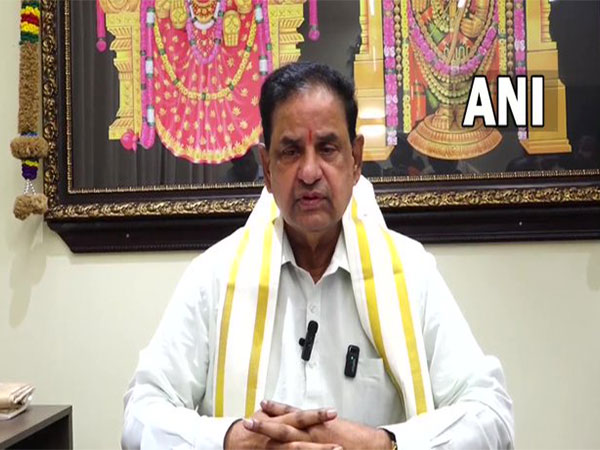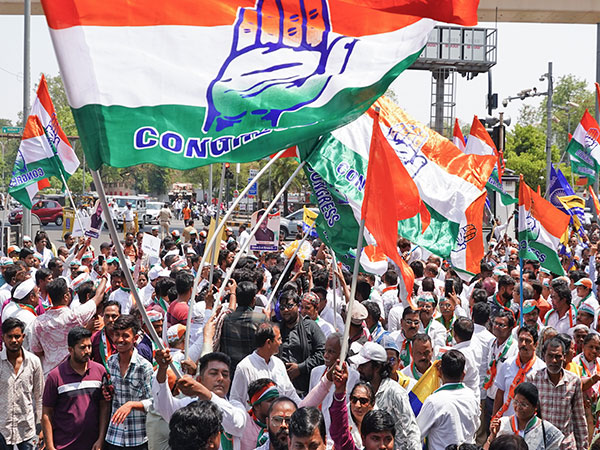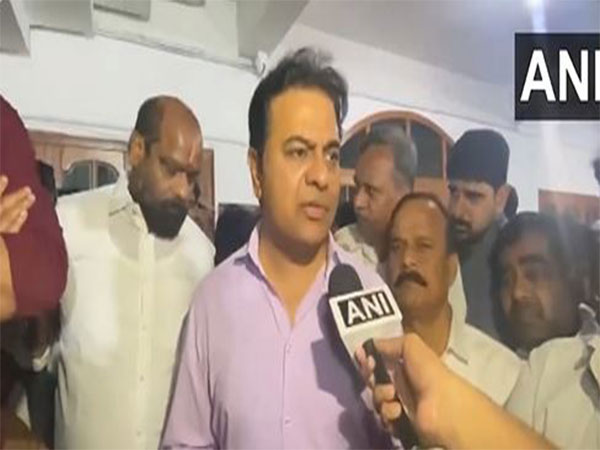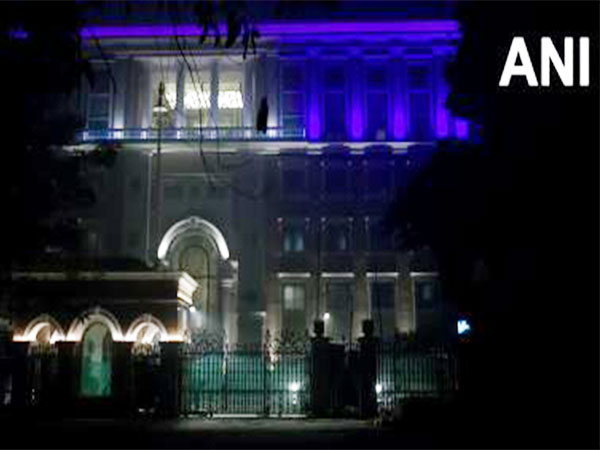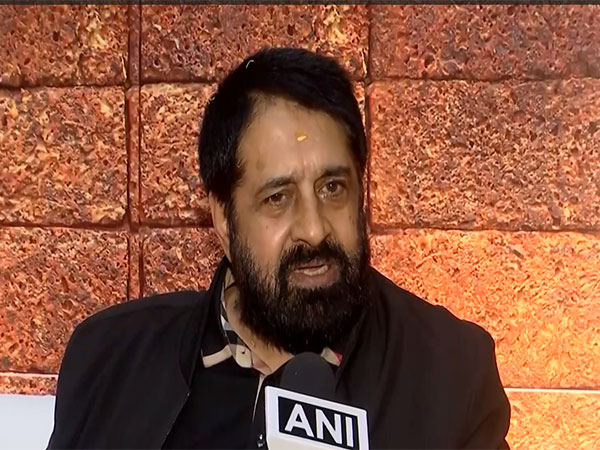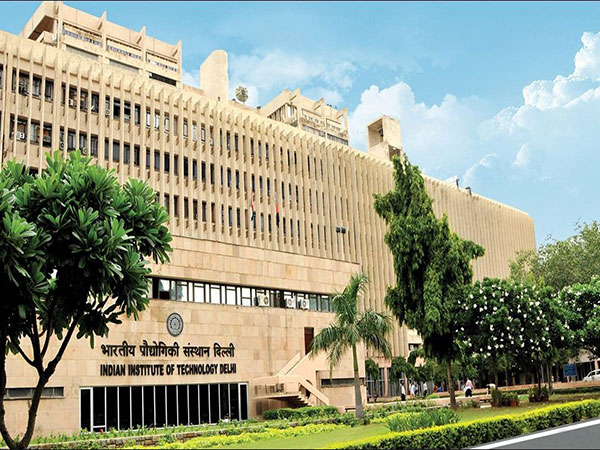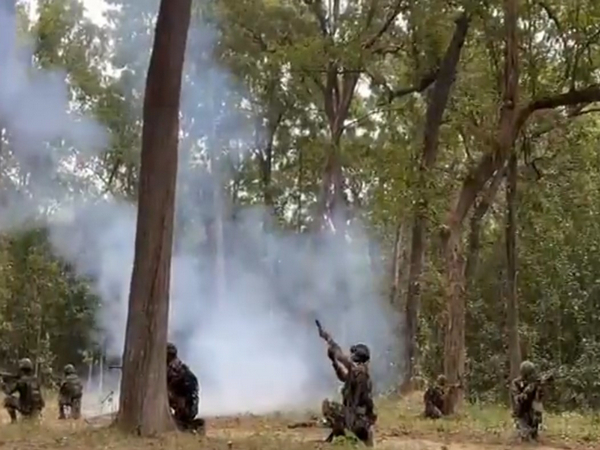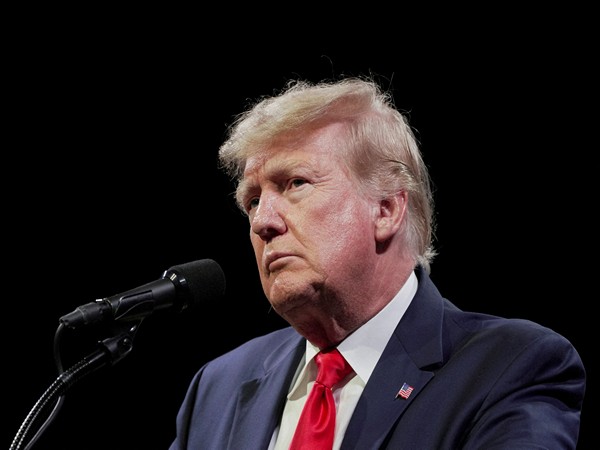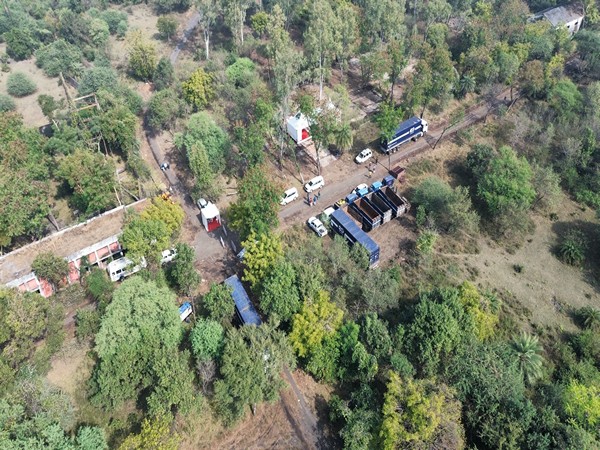
Bhopal (Madhya Pradesh) [India], December 31 (ANI): After a long wait of four decades, the ‘toxic waste‘ materials at Union Carbide factory located in Madhya Pradesh‘s capital Bhopal would be disposed of following the order of the MP High Court, an official said.
The process of packing the waste materials at the factory in the state capital began with full protection on Tuesday. The whole procedure was being done under the supervision of the officials of the Pollution Control Board.
A tragic incident, touted as the world’s worst industrial disaster, “Bhopal gas tragedy” had claimed the lives of several thousand people after deadly gas leaked from the Union Carbide India Limited pesticide plant on the intervening night of December 2 and 3, 1984.
40 years after the tragic incident, a total of 337 metric tons of waste materials at the factory will be transported to Pithampur in Dhar district for its safe disposal.
On the disposal of waste materials, Director of Bhopal Gas Relief and Rehabilitation Directorate, Swatantra Pratap Singh told ANI, “Today, a procedure to dispose of the toxic waste of 337 metric tons lying on the premises of Union Carbide factory is underway in accordance with the order of principal bench of MP High Court Jabalpur dated December 3. It was instructed in the order that the 337 metric tonnes of waste should be disposed of in Pithampur within 4 weeks, where 10 tonnes of waste sample was already disposed of in 2015 on a trial basis.”
The reports of waste disposed there have been favourable and there has not been any adverse impact of it to the environment. Following which, the High Court ordered that the rest of remaining waste lying at the site should be disposed of in Pithampur with properly packed and observing the safety guidelines under the supervision of officials of Central Pollution Control Board and Madhya Pradesh Pollution Control Board, he added.
The officer further elaborated, “The teams and handlers are packing the waste materials with complete safety wearing PPE kits on the premises of the Union Carbide factory and observing the complete security protection protocol. Officials of the central and state Pollution Control Board are present at the site. Under their supervision, the process of loading and securing the containers airtight will be performed post packing of the waste materials. We will try to transport the waste to Pithampur site within two days and to start the process of incineration.”
The officer also said that he spoke to the senior police officers to provide high security during the transportation of the waste. Proper monitoring of the incineration process will be performed.
“After the incineration, it will be converted in two forms. The one which is released in air is done after the fourth stage filtration that has zero percent chance of air pollution. Second which is in solid form, is kept in a landfill site. The Landfill site has been created and officials will be present at the site. We will be able to dispose of the waste within three to nine months post incineration,” Singh said.
Meanwhile, an activist who works with survivors of the Union Carbide disaster, Rachna Dhingra alleged that the 337 MT waste was just one percent of the entire waste material and the waste (underground) which infected groundwater of around 40 settlements of Bhopal was still lying in the factory.
“The 337 MT waste was just one percent of the entire waste material. The waste (buried under ground) which has infected the groundwater of 42 settlements of the state capital is still lying in the factory. The waste is proposed to be transported to Pithampur for incineration and it will take around six months to an-year in disposing of. Though the easiest way to get rid of it was the foreign company (Dow Chemicals) should be forced to take these waste to its country so that it would not affect either Bhopal or Pithampur. I hope that after removal of this one percent waste, the government should think about the main waste which continues the pollution and take action for it. The High Court stated that the entire toxic waste should be removed, not only the 337 MT of the waste,” Dhingra told ANI.
Reacting to the allegation of the activist, officer Singh said that the case was under trial in the High Court for about 20 years and no instruction was received from the court in connection with the ground waste.
“We have not received any instruction from the court in this regard (about underground waste). As of now, the point of discussion is 337 MT toxic waste. The total quantity was 347 MT and 10 MT was disposed of in 2015 as a trial run. After the deliberation of that report, the High Court ordered the disposal of the remaining 337 MT waste on a similar pattern. If we get any further order from higher authority or the High Court in this regard, we will take action,” he added.
When asked people of Pithampur protesting against the disposal of toxic waste and expressing concern, the officer said that first of all, he would say that it was not such a toxic waste that should cause any concern. The incident that happened on the night of December 2-3, 1984 was caused by the leakage of methyl isocyanide gas. This gas is used for the manufacture of pesticide. It is the residual material of pesticide which also has a shelf-life.
“I want to tell everyone that pesticide is used in many places in fields and for various purposes. Its lethality is not as much as people there are thinking. I want to tell everyone that the entire protocol is being followed and the disposal of 10 MT is in public, anyone can access it,” he added.
He further highlighted that the entire action was being taken on the orders of the court. It was mentioned in the order that if anyone was raising objection in following the action then their names should be reported before the High Court. (ANI)







